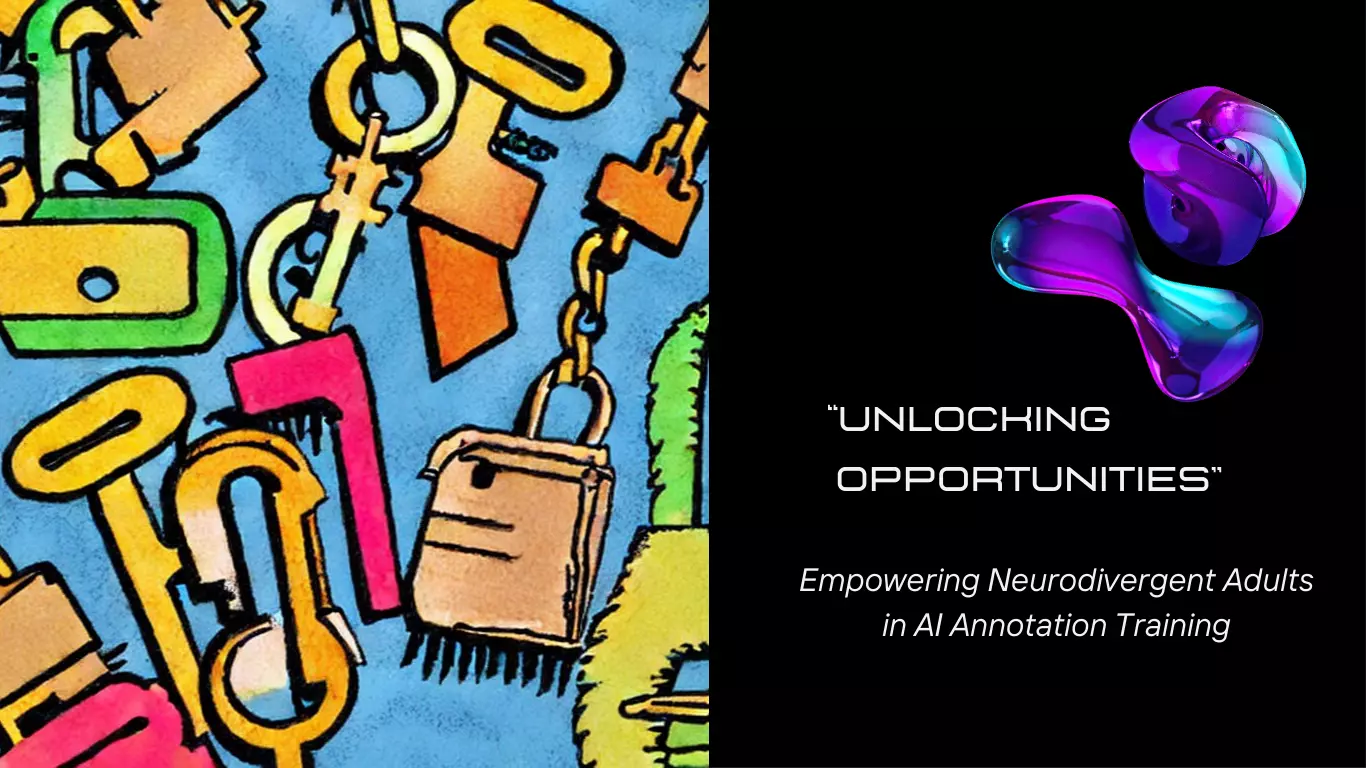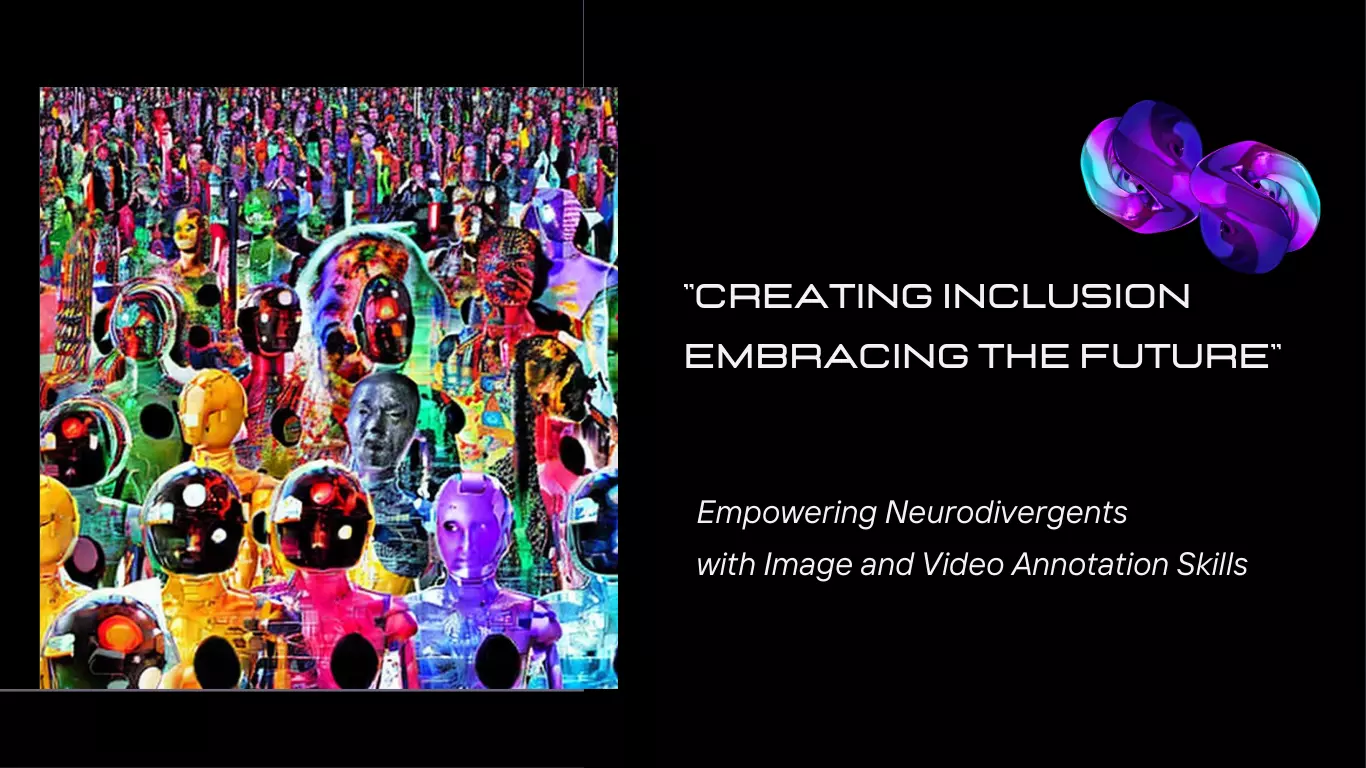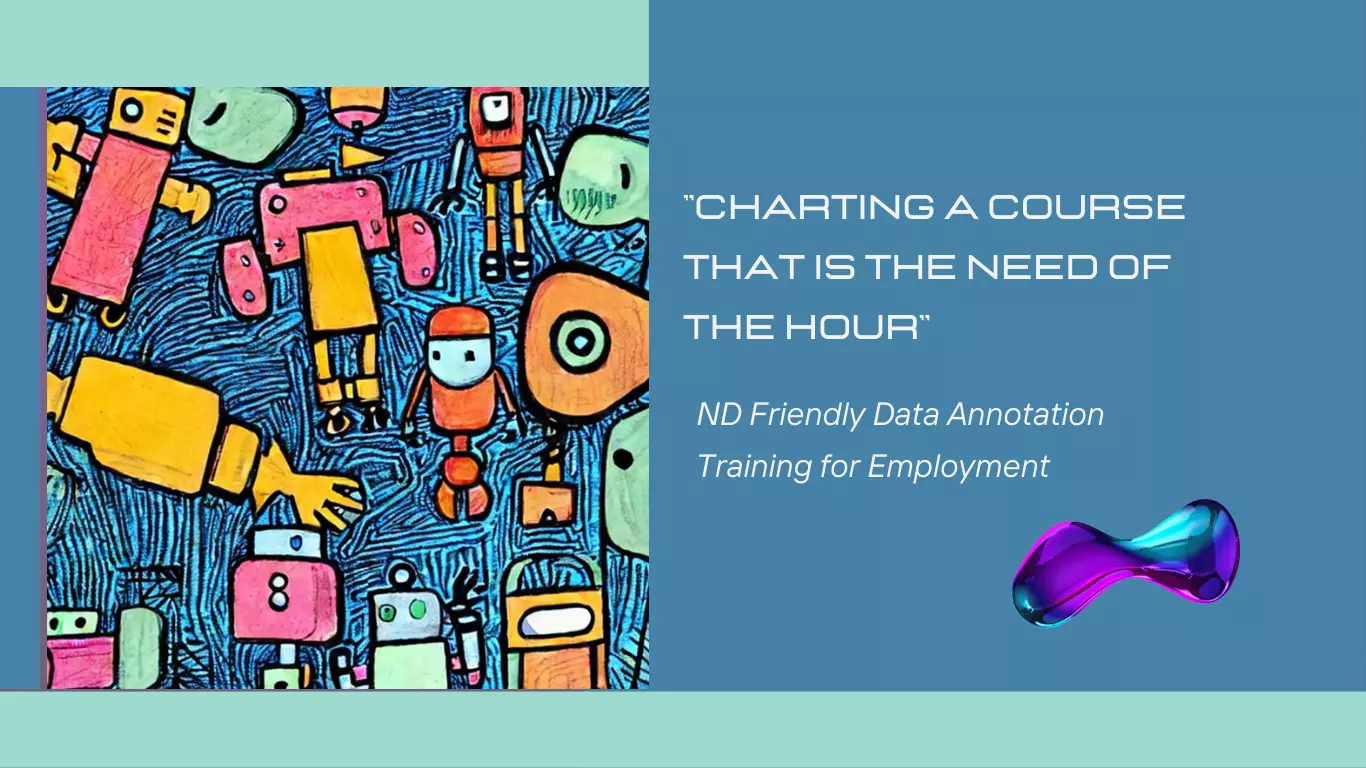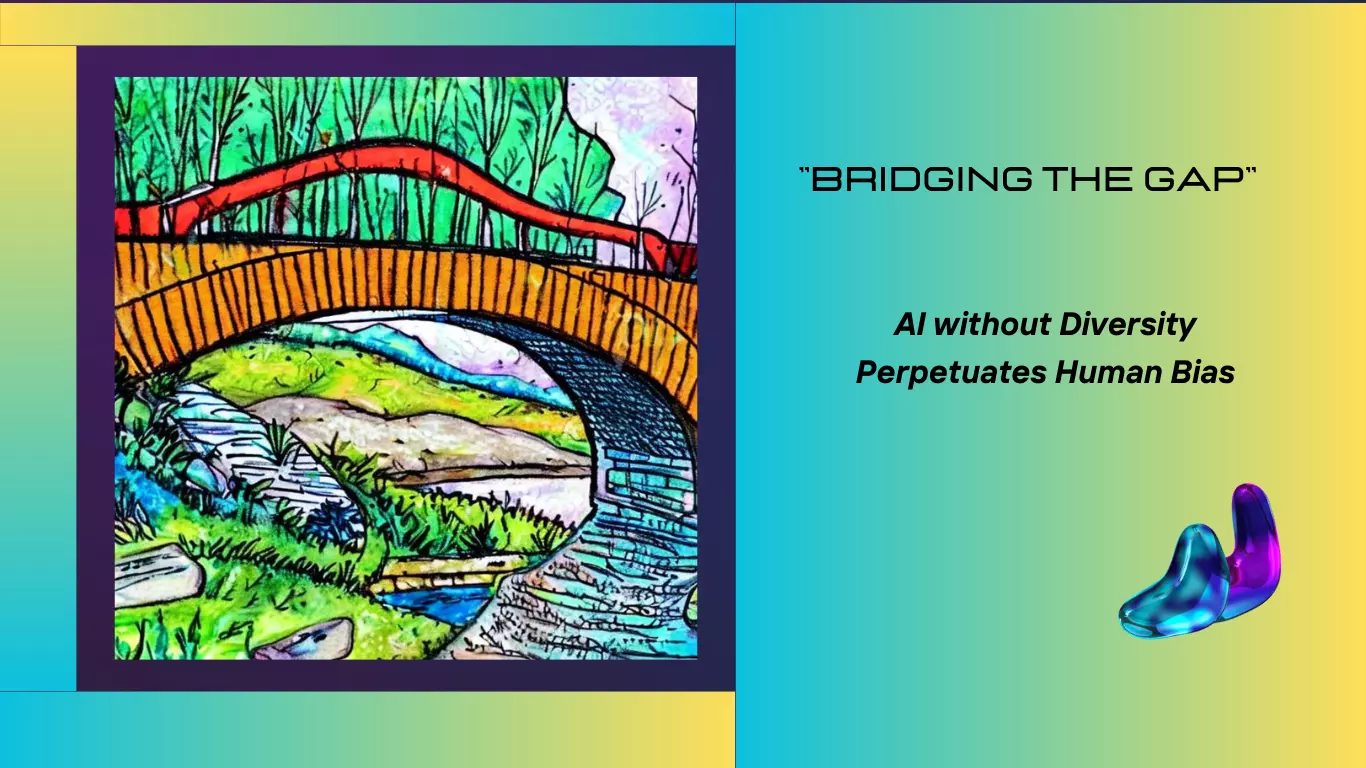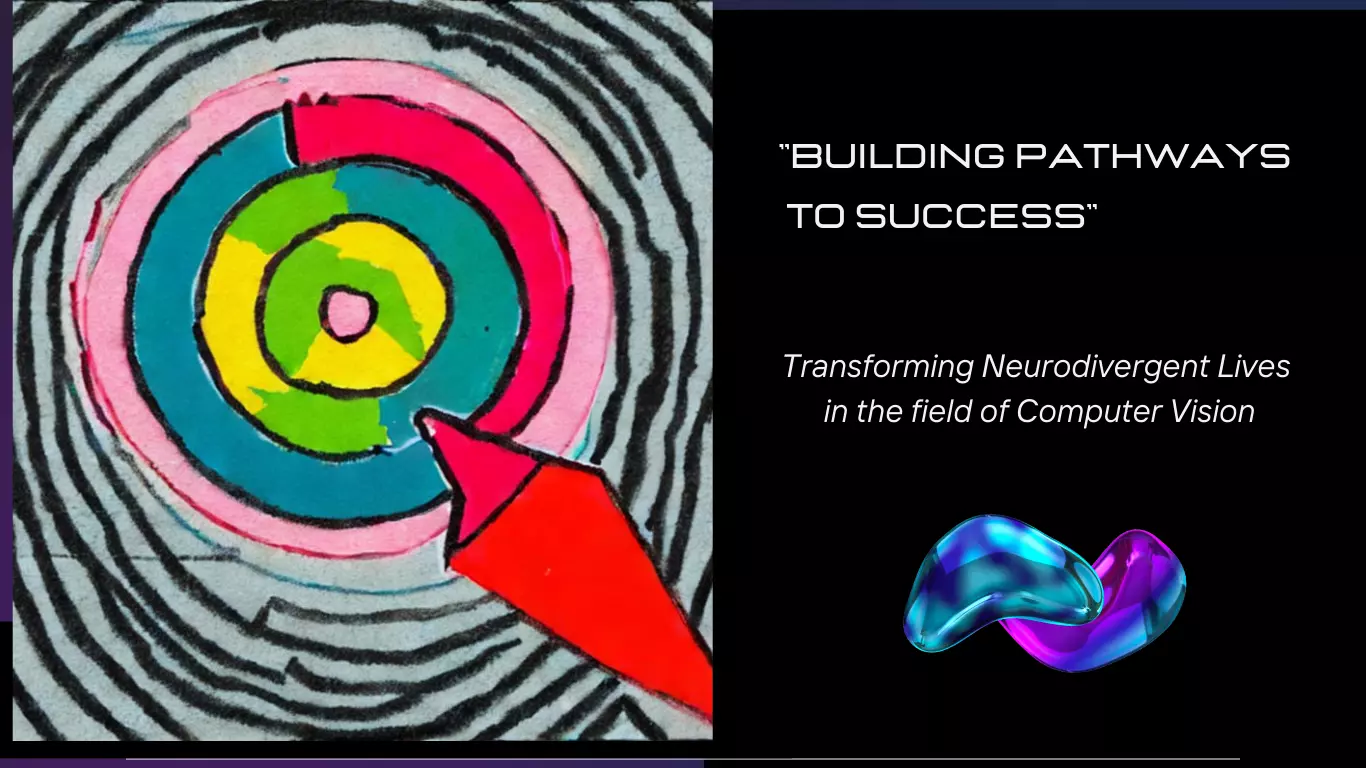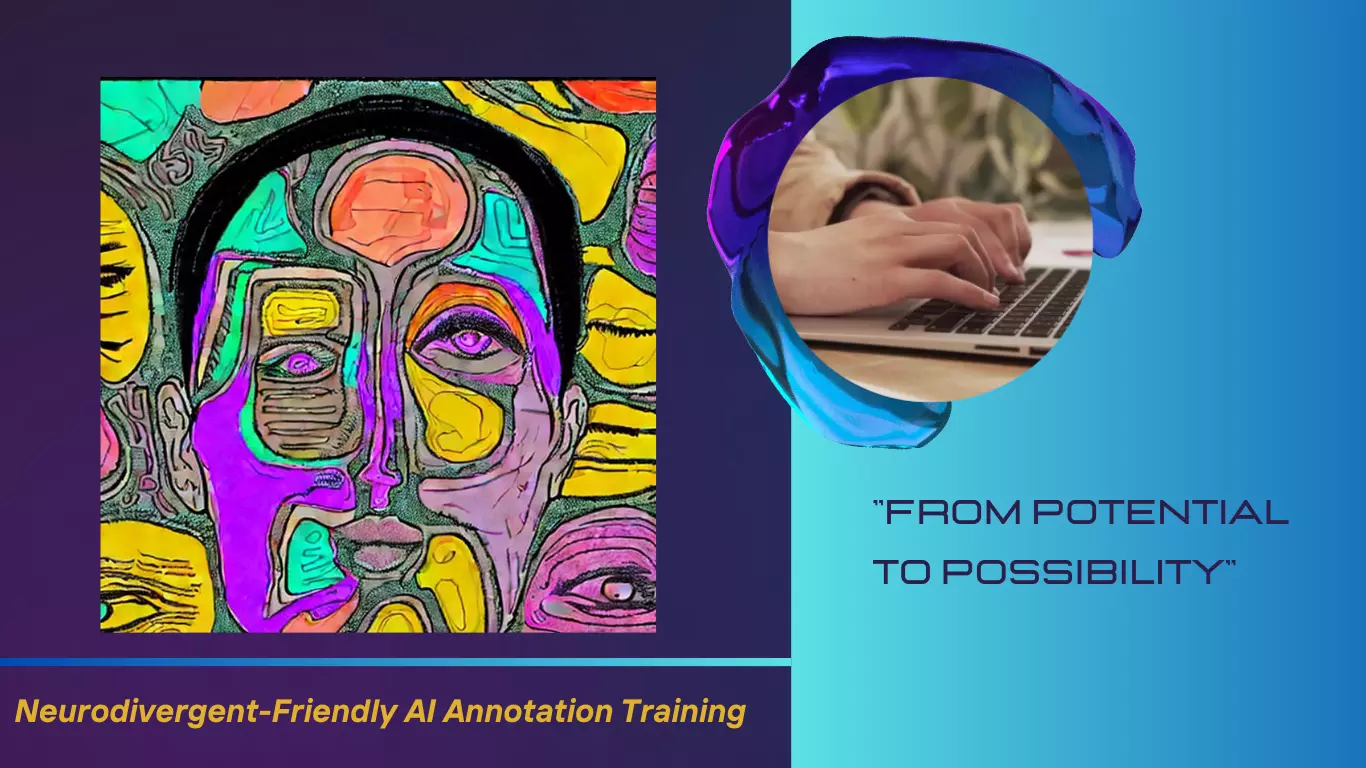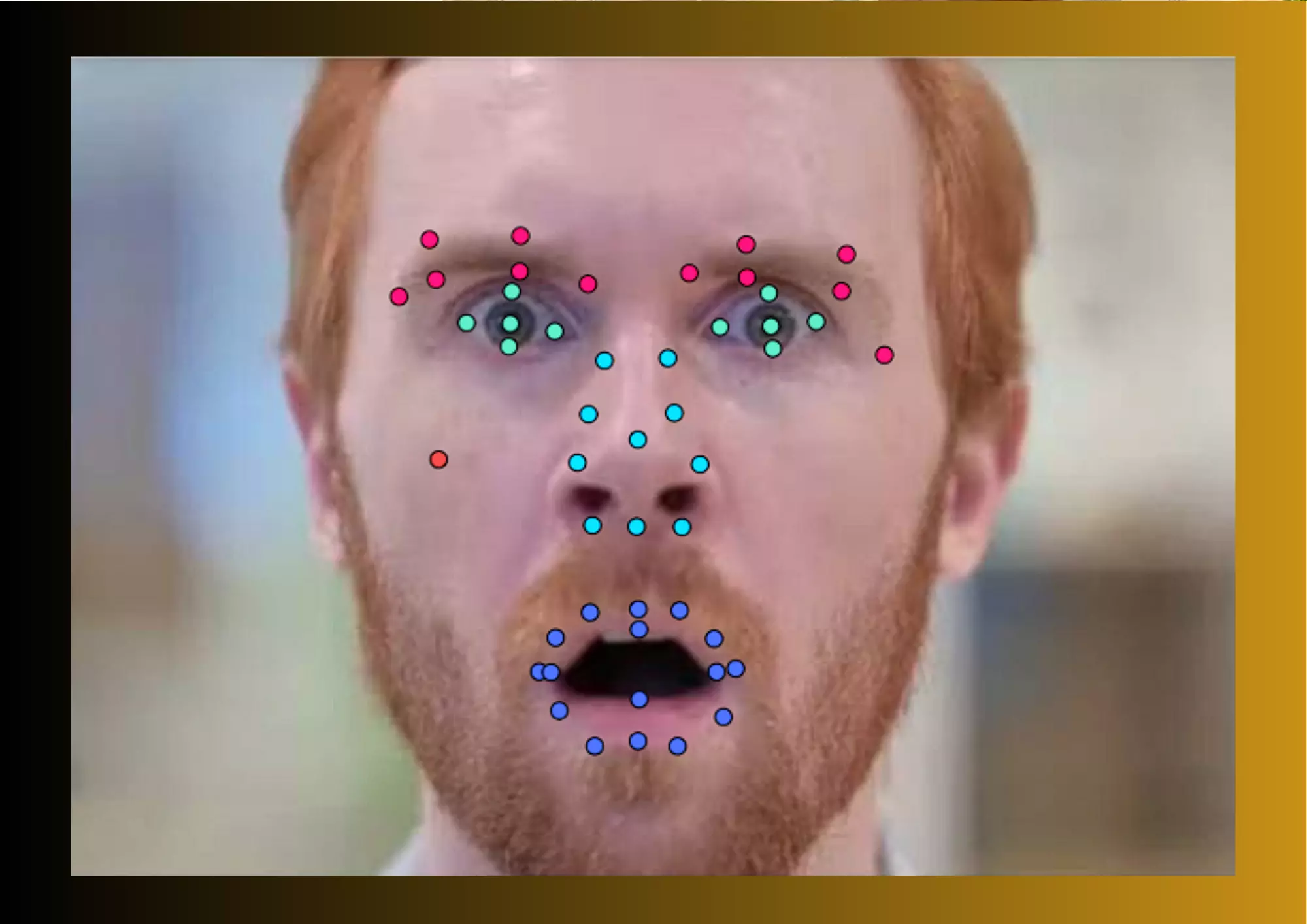Orchvate is focused at empowering their neurodivergent members to enhance their employability for
digital jobs in the AI/ML Operations field, by enabling them in the in-demand job skill of Data
Annotation.
We train our members in data annotation skills. We have partnered with a couple of the largest Data Annotation Service Providers. We deliver data annotation projects outsourced by enterprises, where we engage our resource pool to work either on-premises or remotely, providing them with employment opportunities in this space.
We train our members in data annotation skills. We have partnered with a couple of the largest Data Annotation Service Providers. We deliver data annotation projects outsourced by enterprises, where we engage our resource pool to work either on-premises or remotely, providing them with employment opportunities in this space.
AI and ML: Reshaping the Present and Pioneering the Future
AI and ML: Reshaping the Present and Pioneering the Future
Artificial Intelligence (AI) and Machine Learning (ML) have gone beyond being just
buzzwords and have revolutionized technology across industries.

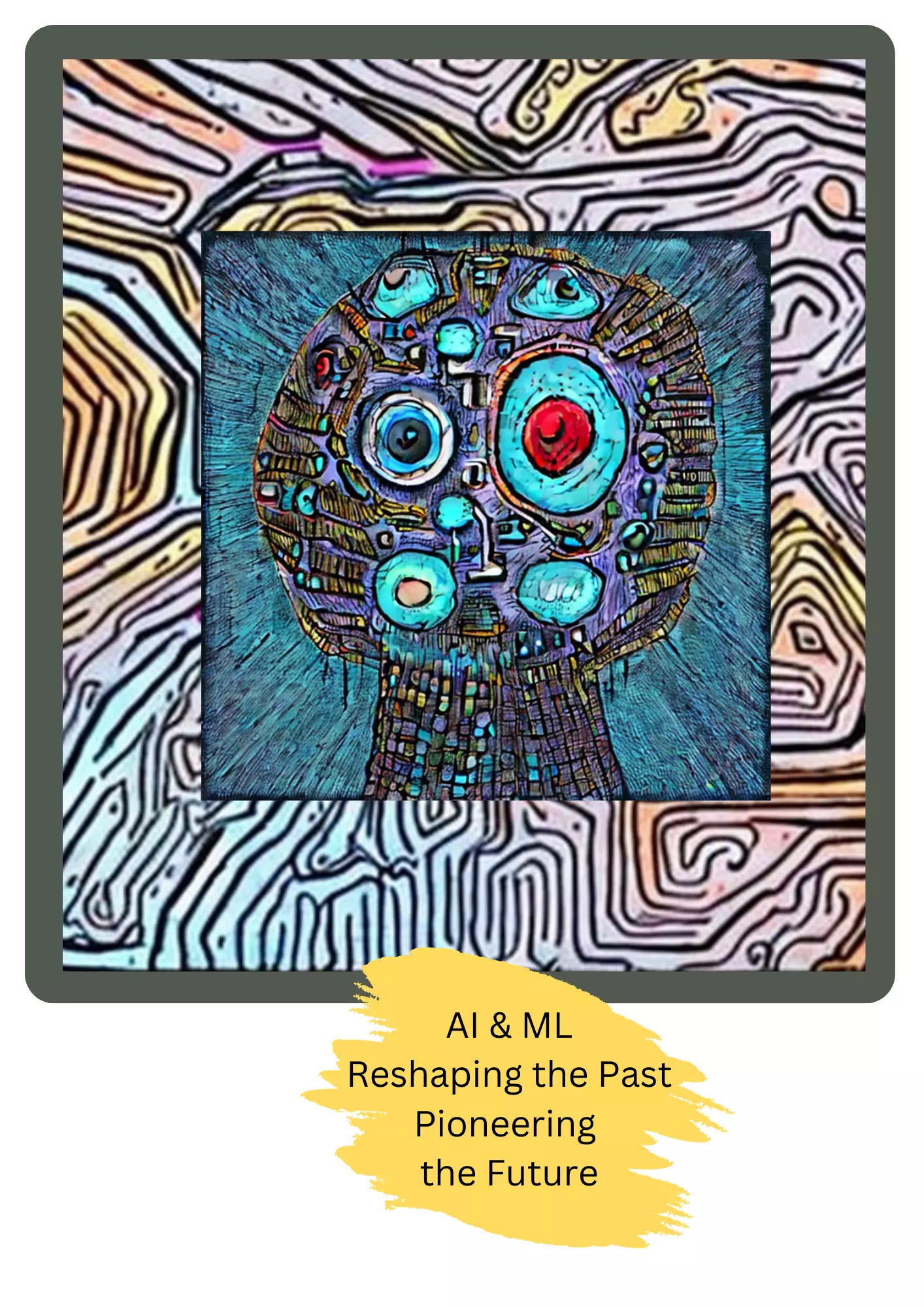
It will be pioneering a future where intelligent systems will be central to
progress. AI/ML will transform every aspect of our lives in the years to come.
AI is Cool and Smart. How is it Connected with ML?
AI is Cool and Smart. How is it Connected with ML?
AI is built via a process called machine learning. There are essentially 5 parts to
any machine learning process:
Similar to what goes on in any unique culinary creation, are a combination of ingredients, appliances, recipes, and finally the culinary masterpiece, in AI and ML domain too, the different parts are Gather Data (Data Collection), Prepare training data (Data Annotation), feed it into an algorithm (ML Algorithm), validate the model (ML/AI Model), and use it to analyze, draw insights and make better informed decisions (AI App).
Similar to what goes on in any unique culinary creation, are a combination of ingredients, appliances, recipes, and finally the culinary masterpiece, in AI and ML domain too, the different parts are Gather Data (Data Collection), Prepare training data (Data Annotation), feed it into an algorithm (ML Algorithm), validate the model (ML/AI Model), and use it to analyze, draw insights and make better informed decisions (AI App).
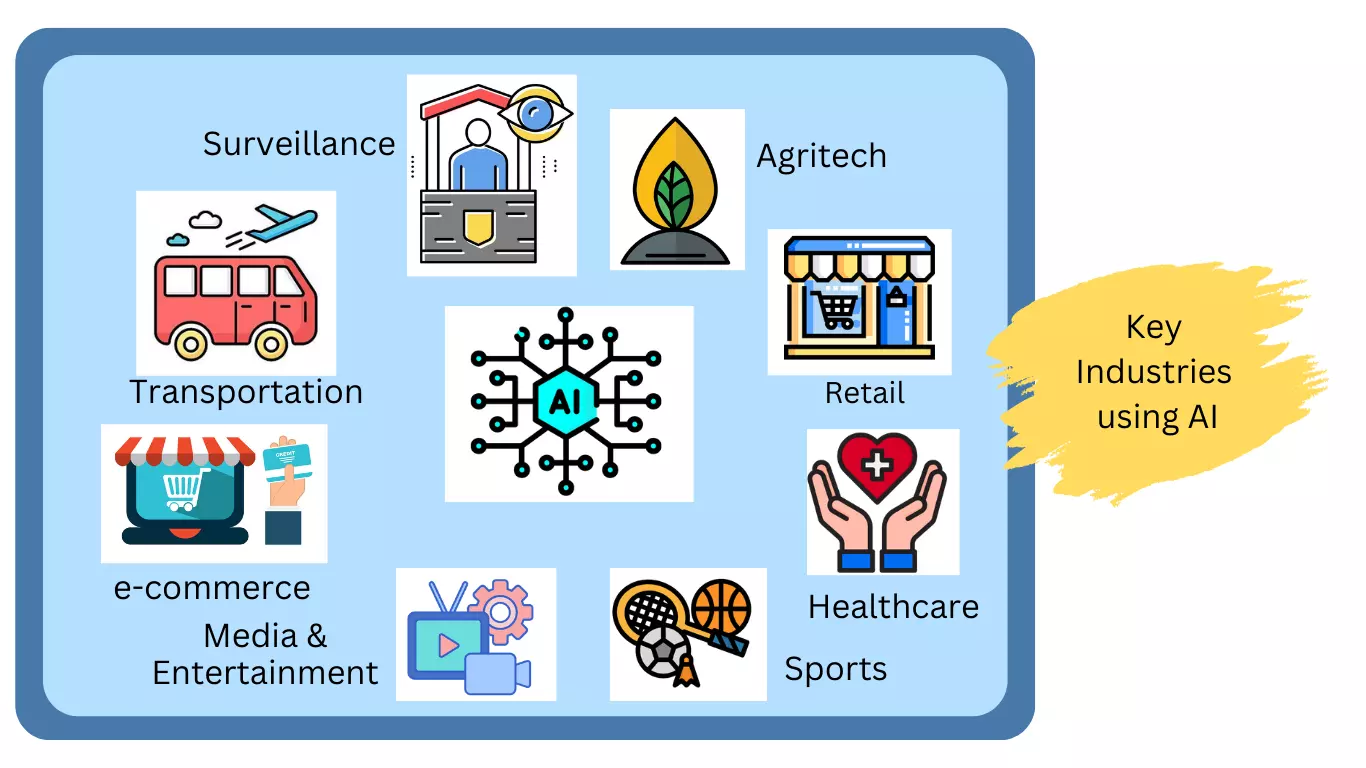

What Is Data Annotation?
What Is Data Annotation?
Data annotation is the process of attributing, tagging, or labeling data to help
machine learning algorithms understand and classify the information they process.
Just the way we humans learn from experience, so also AI and ML Models learn from
data.
Data annotation, or data labeling, is crucial as it helps train algorithms to recognize patterns and make accurate predictions.
Data annotation, or data labeling, is crucial as it helps train algorithms to recognize patterns and make accurate predictions.


A self-driving car's AI Model relies on data from computer vision, natural language
processing (NLP), and sensors to make accurate driving decisions. To be able to
differentiate between other vehicles, pedestrians, traffic signals or pavements,
the data it receives must be labeled or annotated.
Types Of Data Annotation
Types Of Data Annotation
Annotated data can take various forms, image, video, text and audio data allowing AI
models to be deployed in various applications like automation, chatbots, and speech
recognition resulting in optimal performance and reliable outcomes.
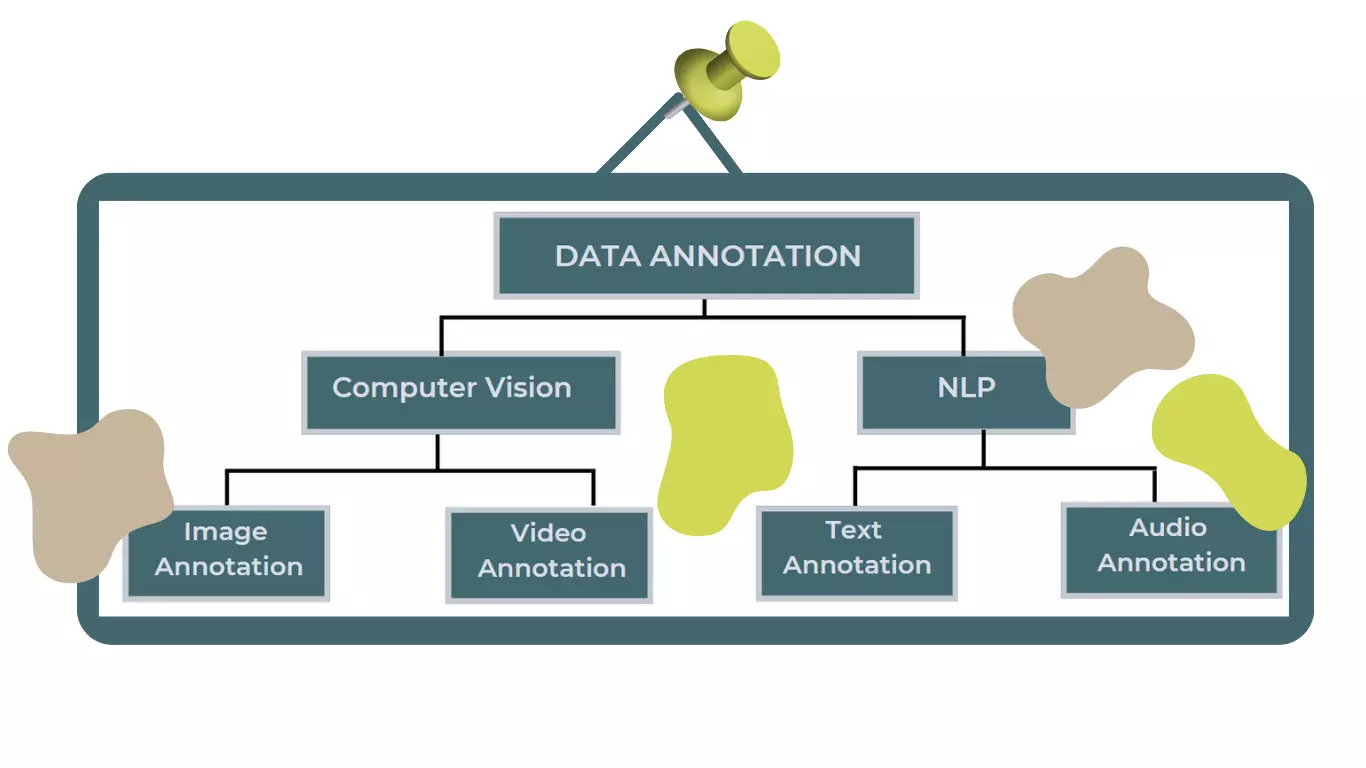

Why Is Data Annotation Crucial?
Why Is Data Annotation Crucial?
It's only through the process of data annotation that models differentiate between a
road from a pavement, a car from a truck, a mudguard from a front panel. Without
data annotation, every image would be the same for machines as they don't have any
inherent knowledge about anything in the world.
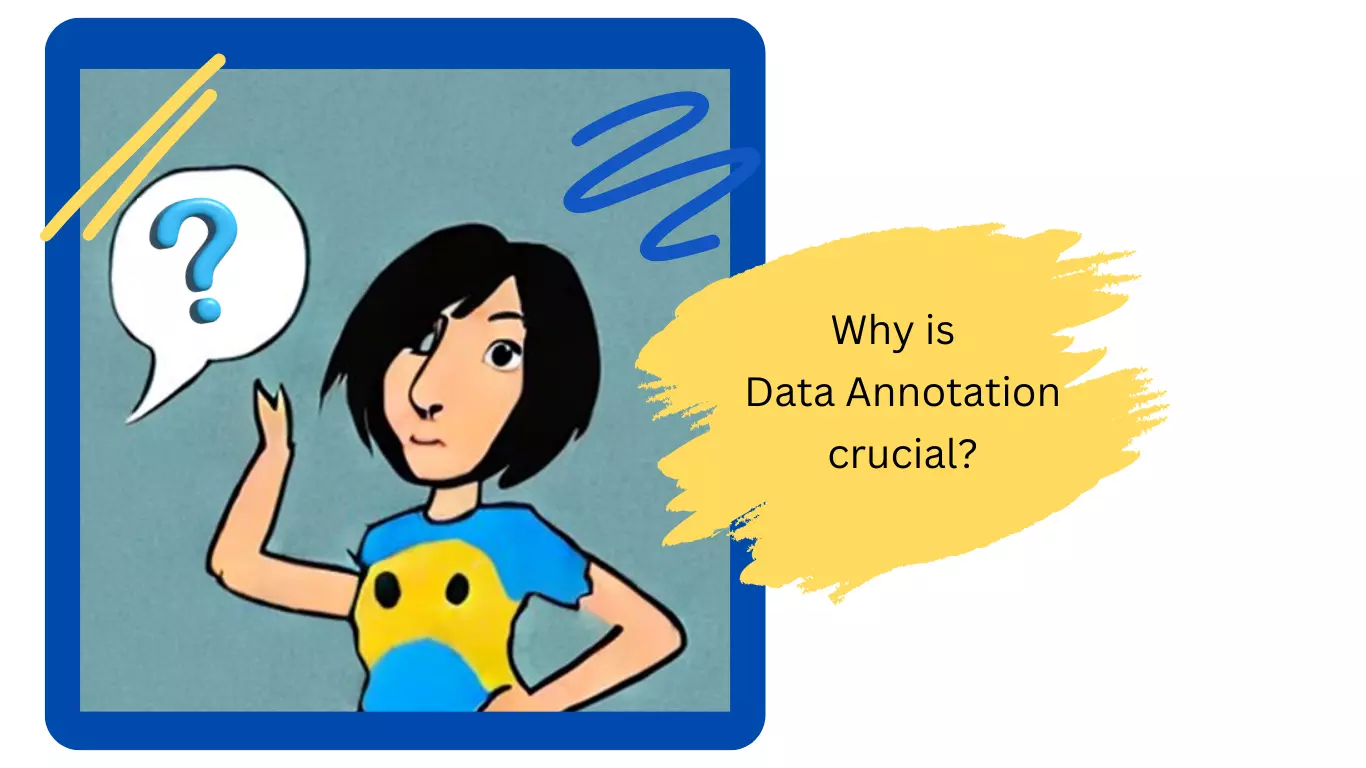

Data Annotation is essential for training ML/AI models, enabling them to accurately
comprehend data types, such as images, audio files, video footage, or text. When an ML model is under development, it is fed with billions of AI training data
points that make it better at making decisions.
Our Exciting Journey Into The AI Space
Our Exciting Journey Into The AI Space
Our journey has been very interesting. While we were partnering with companies on
inclusive hiring programs we were flooded by resumes from across the country and
when we met them on one on ones we realized corporates would not hire them as their
differences were marked. Their way of communication was very different from what the
majority of us are used to. And they too wanted to be employed.
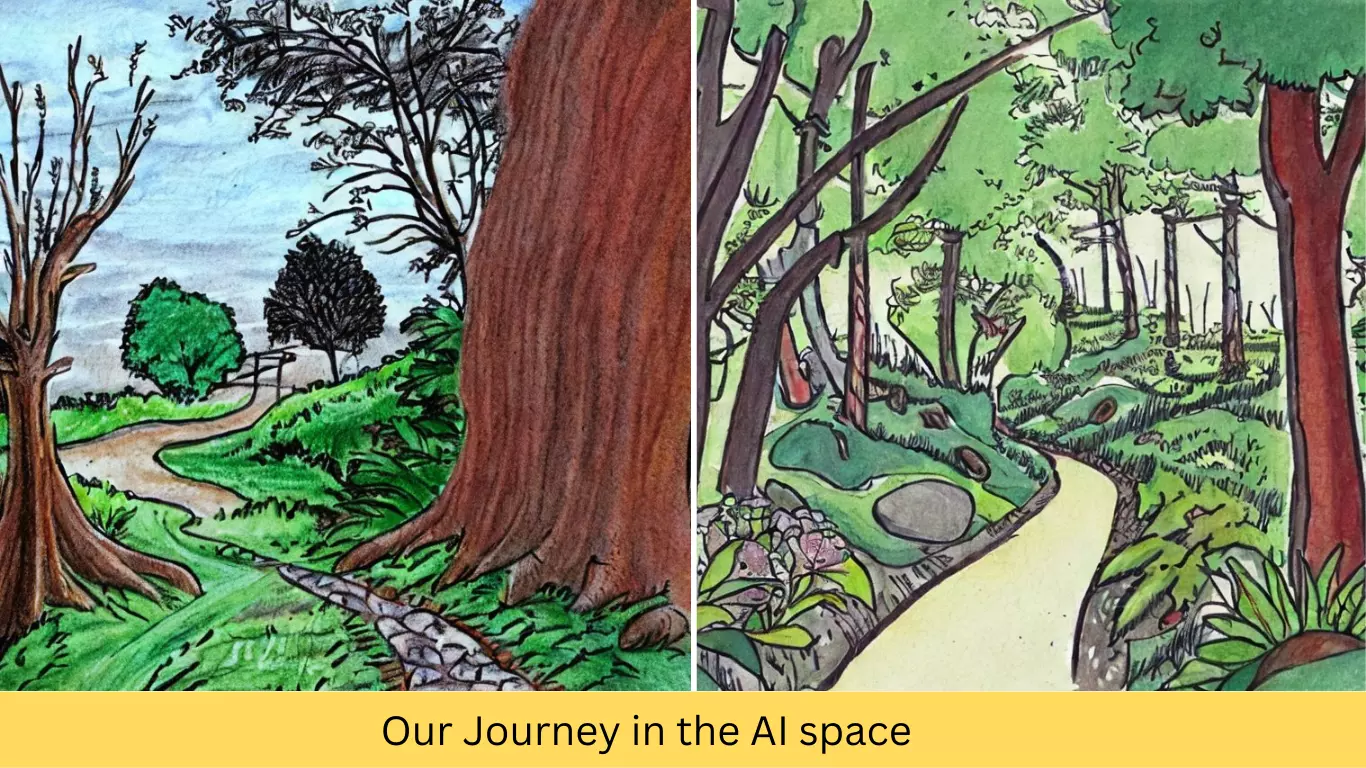

We started to think what do we do for this group? We dug deep into the problem and
researched and identified this space in AI: Data Annotation, where their strengths
could be leveraged best. We started with image annotation for computer vision and
the pilot batch did remarkably well.
Why Neurodivergents Are The Best For This Job
Why Neurodivergents Are The Best For This Job
Neurodivergent individuals have extraordinary capabilities that significantly
contribute to the success of image annotation tasks. Their hyperfocus and exceptional
attention to detail and pattern recognition abilities allow them to excel in repetitive
and meticulous activities which are fundamental to accurate annotation. By leveraging
their strengths, we ensure unparalleled precision and consistency.
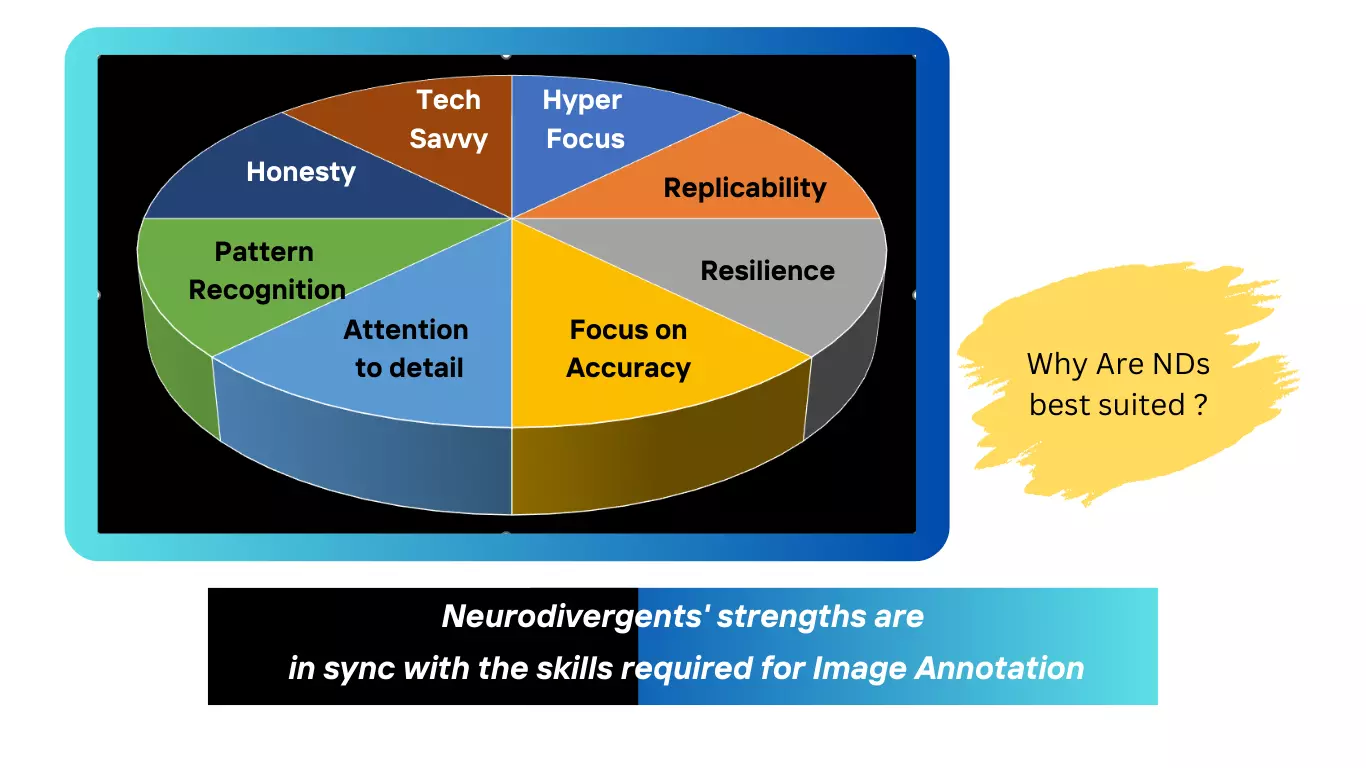
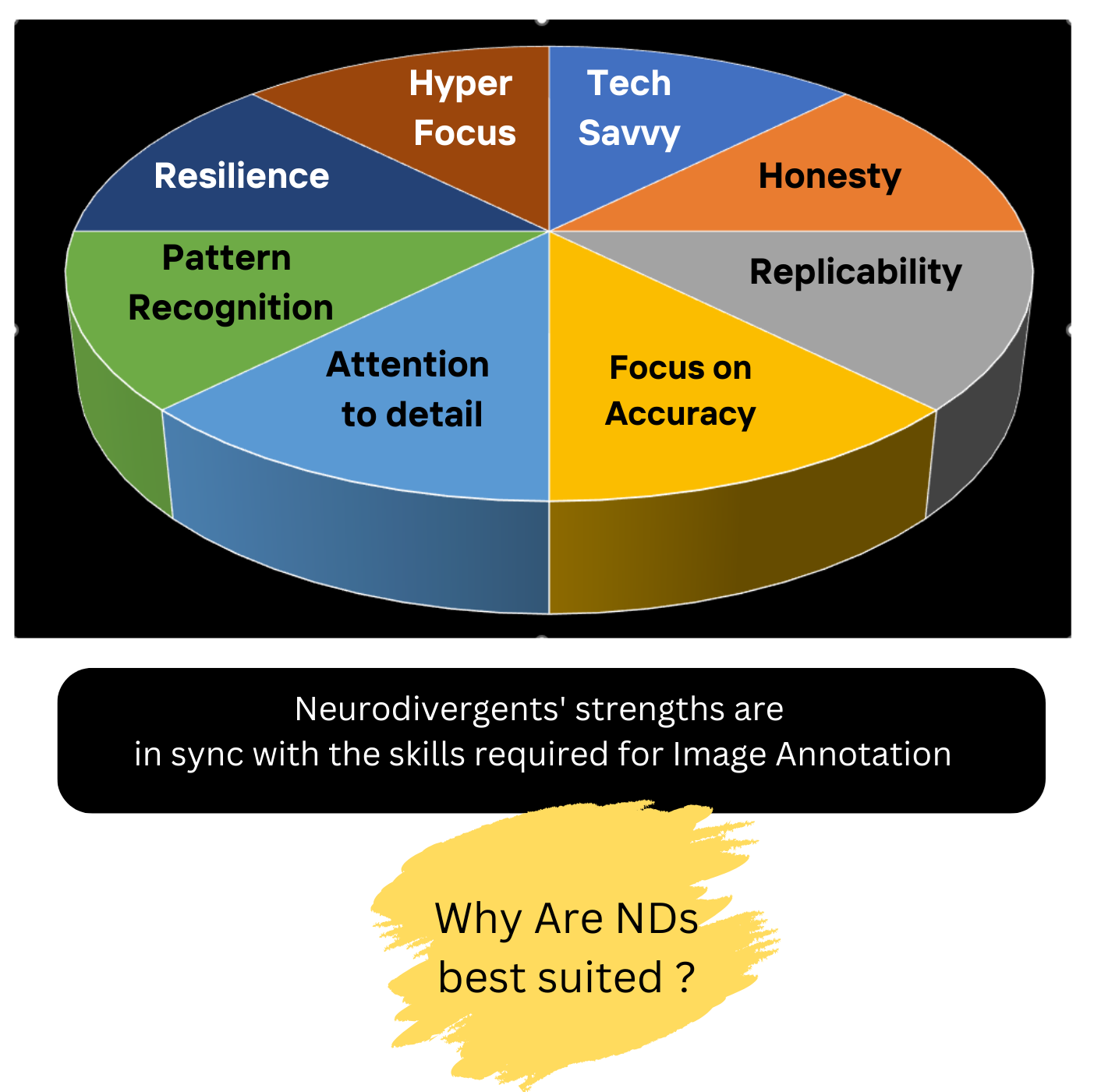
They are highly motivated and engaged. With time they only improve their accuracy
and efficiency. Also many of them have obsessions in niche subjects like automobiles
and environmental sustainability. When they are working on
images aligned to their field of interest they contribute and thrive.
Image Data Annotation
Image Data Annotation
Bounding Box
Bounding Box
Bounding box is used in computer vision to annotate objects by
drawing rectangular boxes around
them. It provides a simple representation of object location and size.
It is widely used in applications like object detection, face recognition, and autonomous driving.
It is widely used in applications like object detection, face recognition, and autonomous driving.
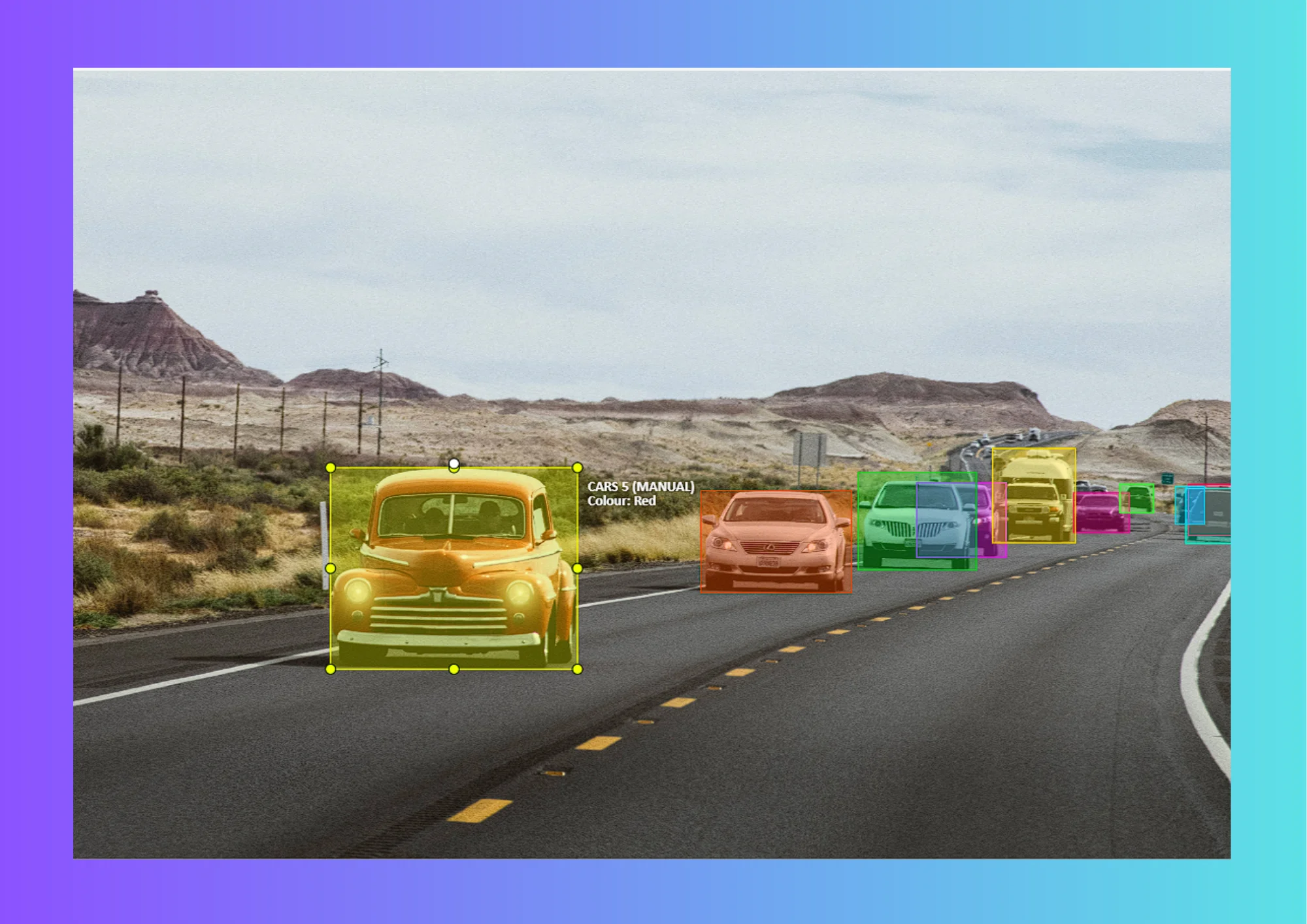

Key Point
Key Point
Key Point labels specific points of interest within objects
in images or videos. It offers accurate shape and feature
representation.
It finds a variety of applications in facial recognition, pose estimation, and medical imaging.
It finds a variety of applications in facial recognition, pose estimation, and medical imaging.


Skeleton
Skeleton
Skeleton offers spatial relationships and labels joints in skeletal
structures of humans or animals in images or videos.
Skeleton is valuable for body motion, and accurate tracking and analysis of movement, pose and gesture.
Skeleton is valuable for body motion, and accurate tracking and analysis of movement, pose and gesture.

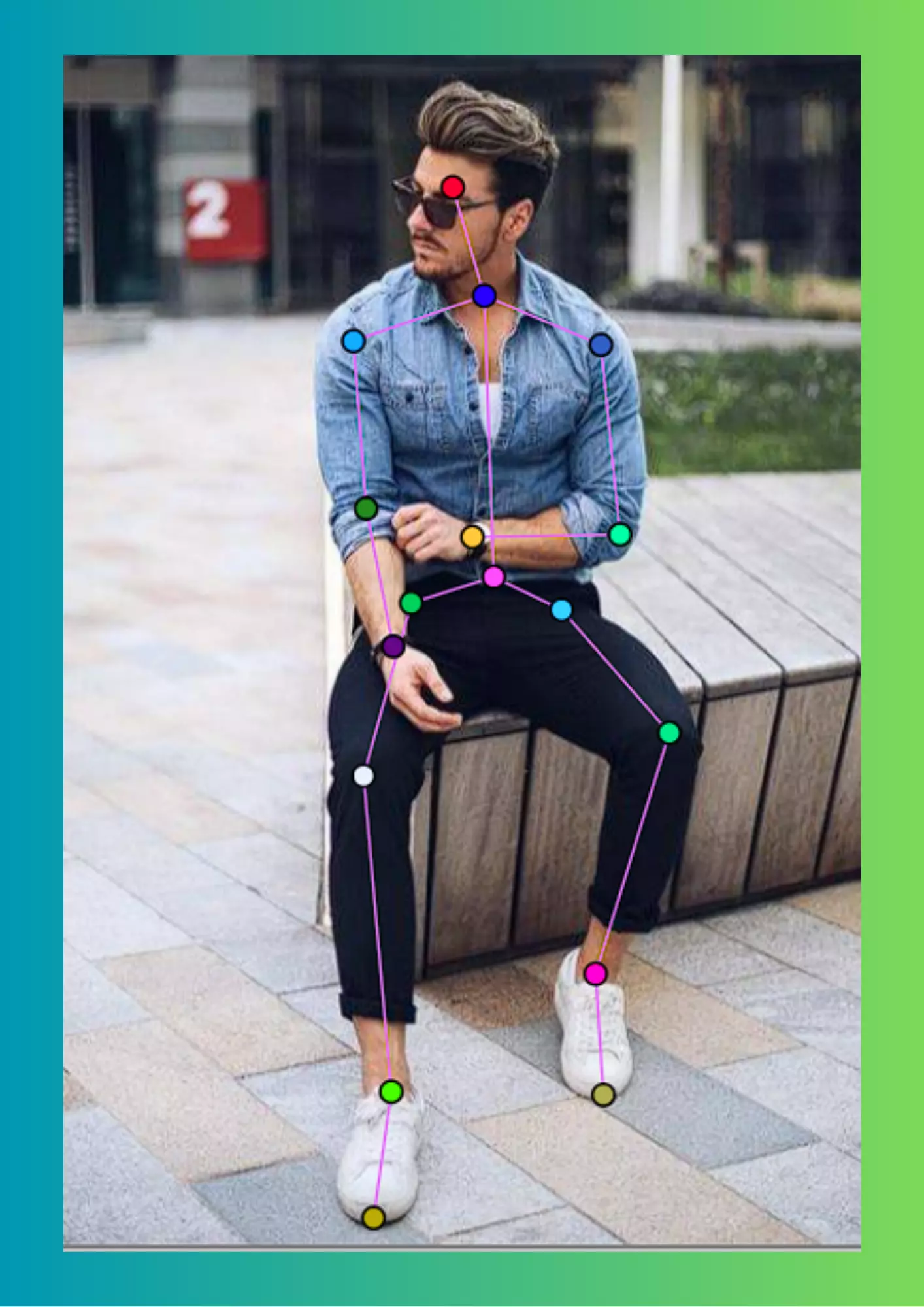
Polygon
Polygon
Polygon defines object boundaries using an arbitrary number
of points around objects in images or videos.
Polygons are used for precise shape representation, particularly for objects with irregular shapes.
Polygons are used for precise shape representation, particularly for objects with irregular shapes.

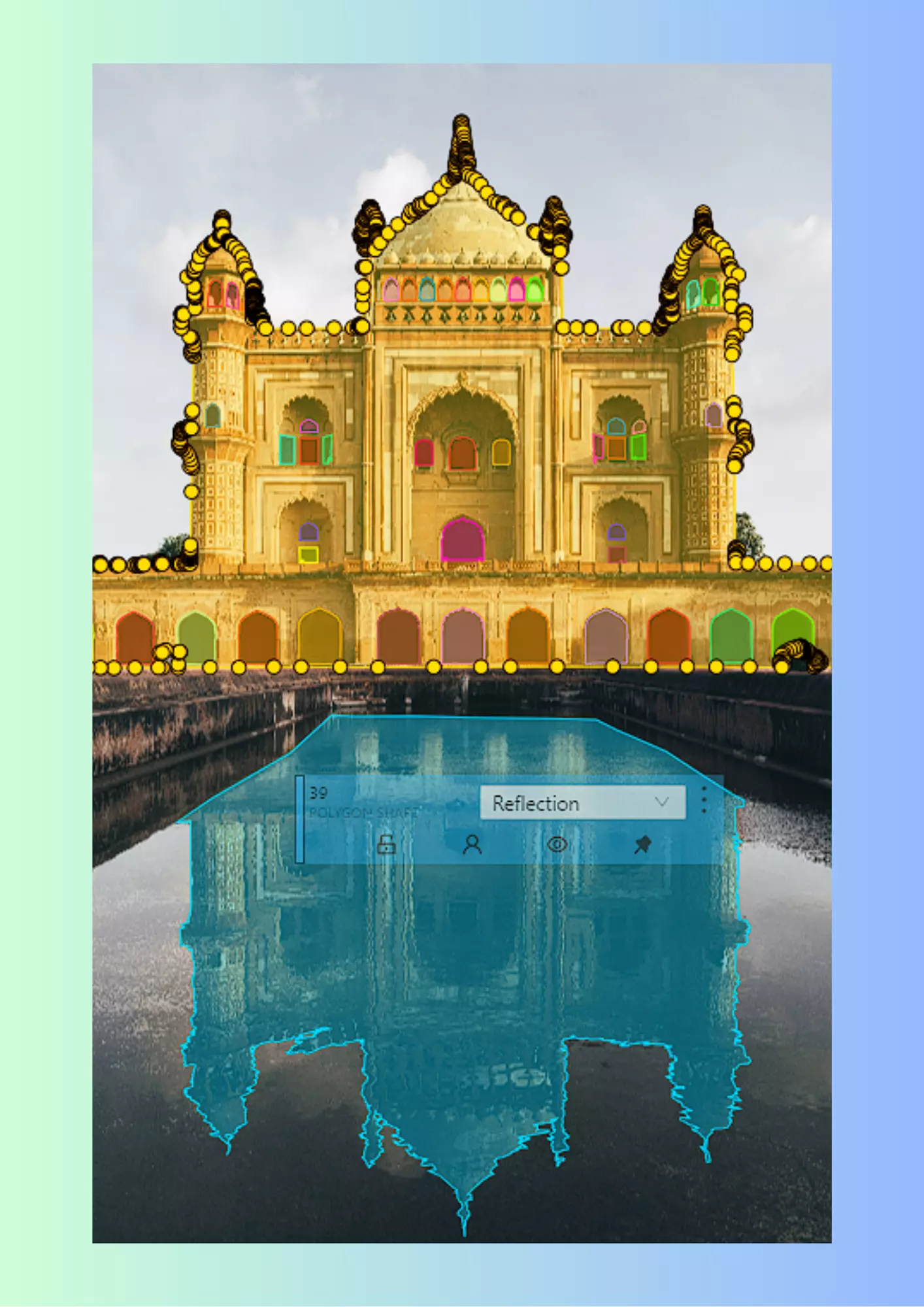
Segmentation
Segmentation
Image segmentation divides images or videos into regions and
annotations are done at pixel or region levels.
It enables accurate object representation. It includes Instance, Panoptic and Semantic Segmentation.
It enables accurate object representation. It includes Instance, Panoptic and Semantic Segmentation.

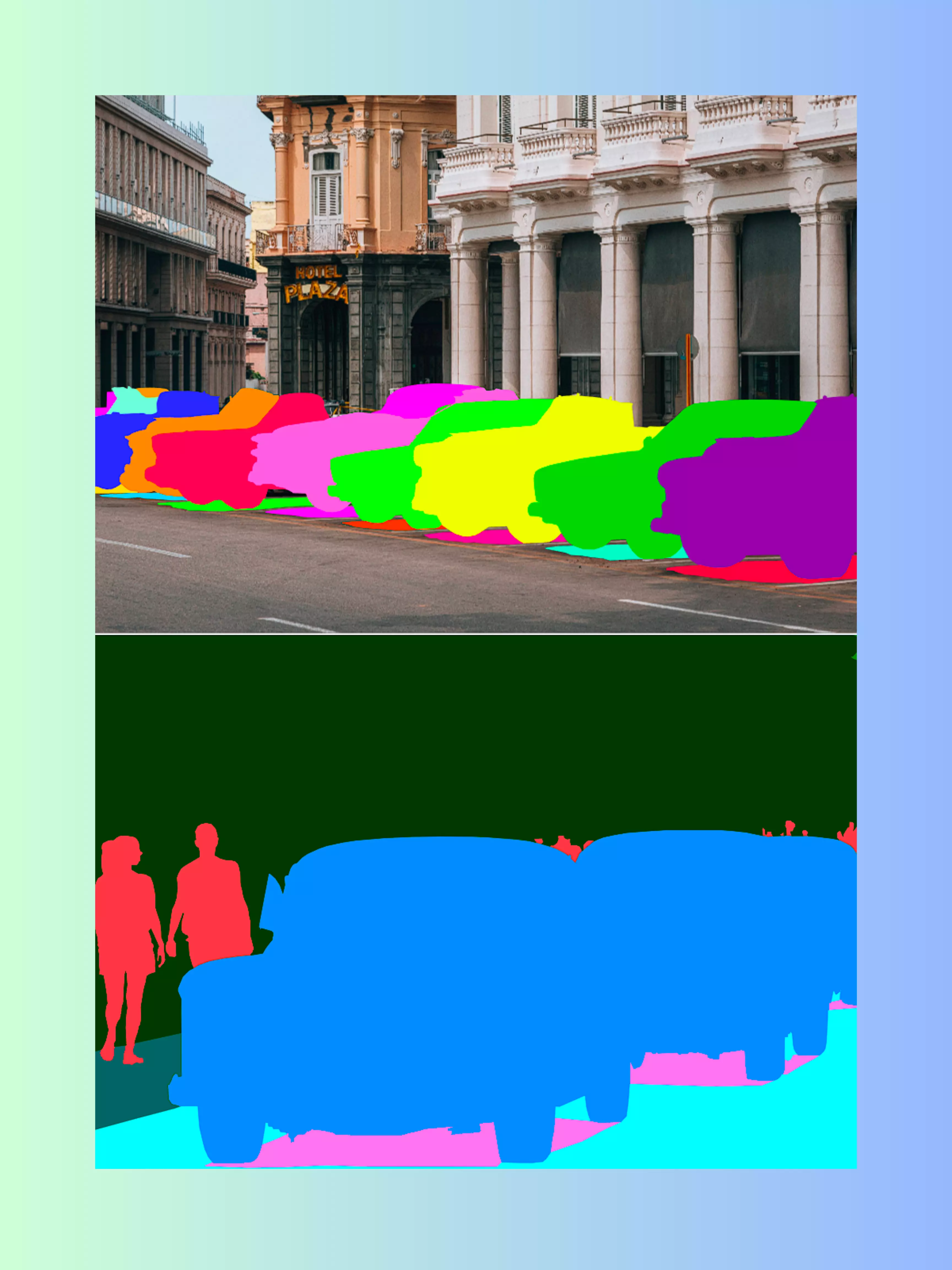
LiDAR
LiDAR
LiDAR (Light Detection and Ranging) labels objects in 3D
point cloud from data generated by LiDAR sensors.
LiDAR is used for autonomous driving and environmental monitoring, such as mapping and tracking the growth of forests or tracking changes in the coastlines due to erosion.
LiDAR is used for autonomous driving and environmental monitoring, such as mapping and tracking the growth of forests or tracking changes in the coastlines due to erosion.
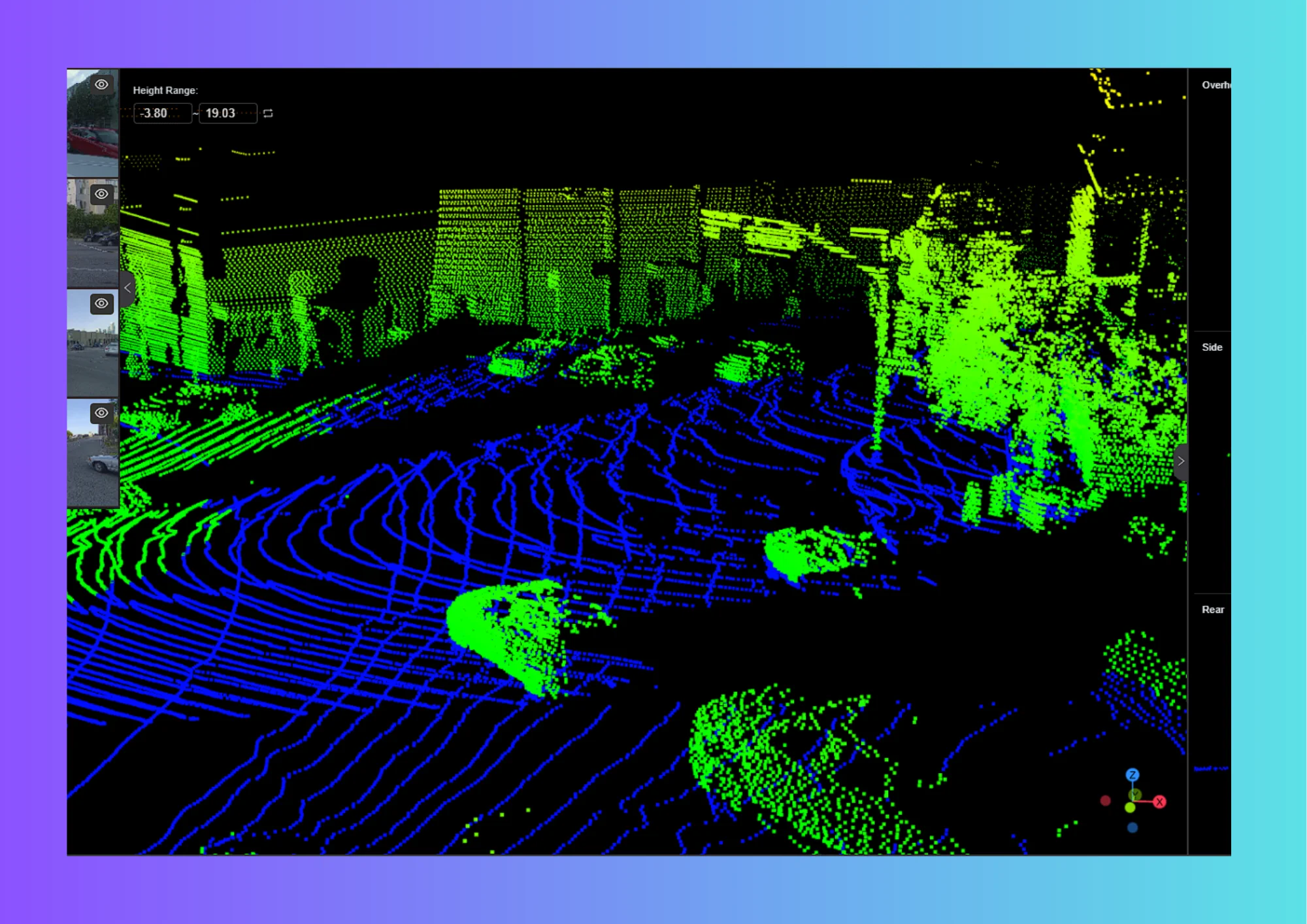
.webp)
AI and ML: Reshaping the Present and Pioneering the Future
AI and ML: Reshaping the Present and Pioneering the Future
Will you want to join us on this journey? The 6-month online program trains
participants located across regions on all the basic computer vision DA Tools and
their implementation across diverse use cases to make you employable as skilled
annotators in the AI and ML space across sectors like autonomous vehicles, ed-tech,
sports tech, retail and surveillance.

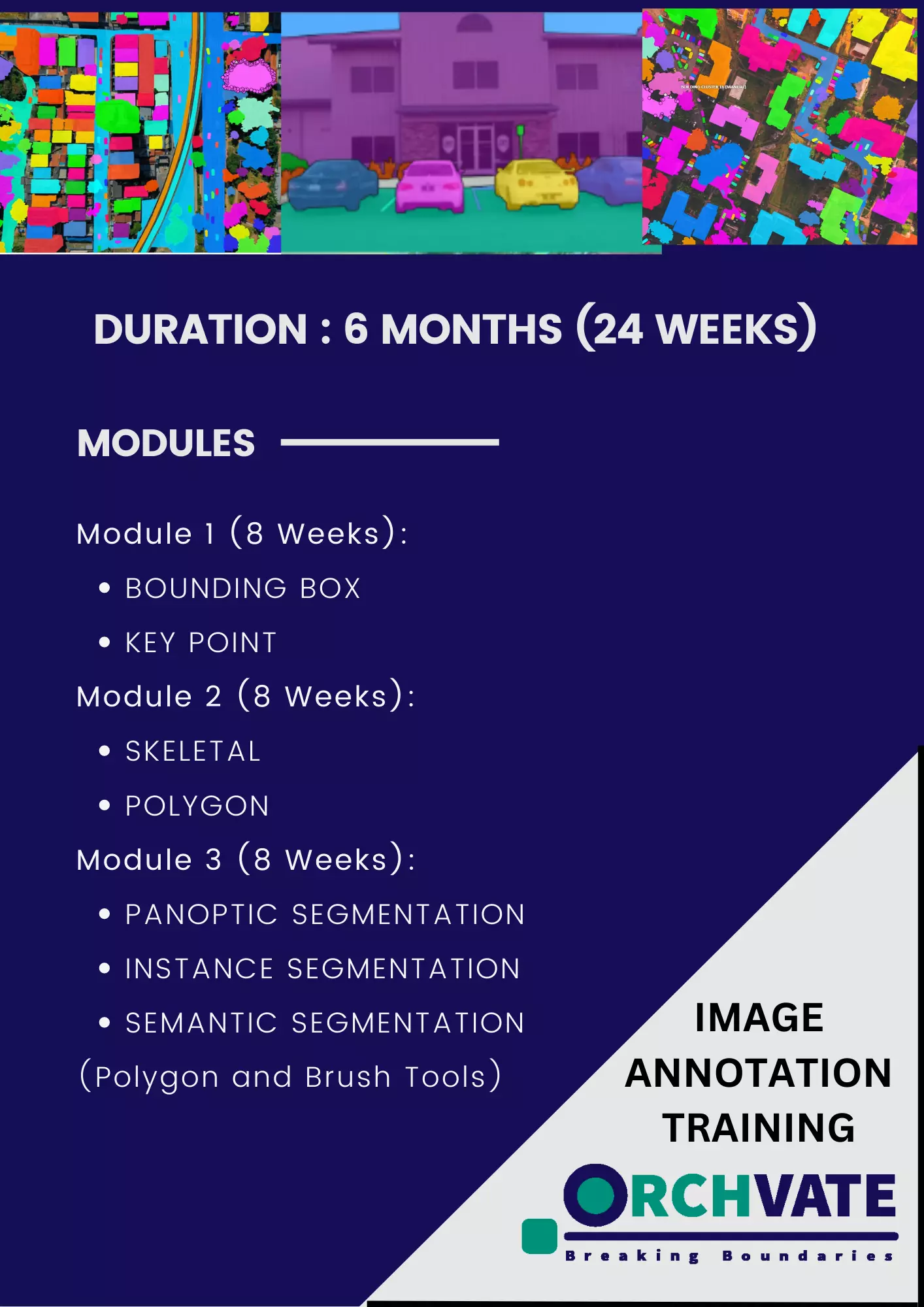
Our Training Program
Our Training Program
The 6-month online program trains participants located across regions on all the basic computer vision tasks with reference to
diverse use cases to make them employable as annotators in the AI and ML space across sectors like Autonomous Vehicles,
Ed-Tech, Sports Tech, Retail and Surveillance. The Program covers all the tools of image annotation, namely Bounding Box,
Key Point, Skeletal, Polygon, Instance Segmentation and more, and their implementations across diverse use cases.
Testimonials
What They Are Saying About Us

